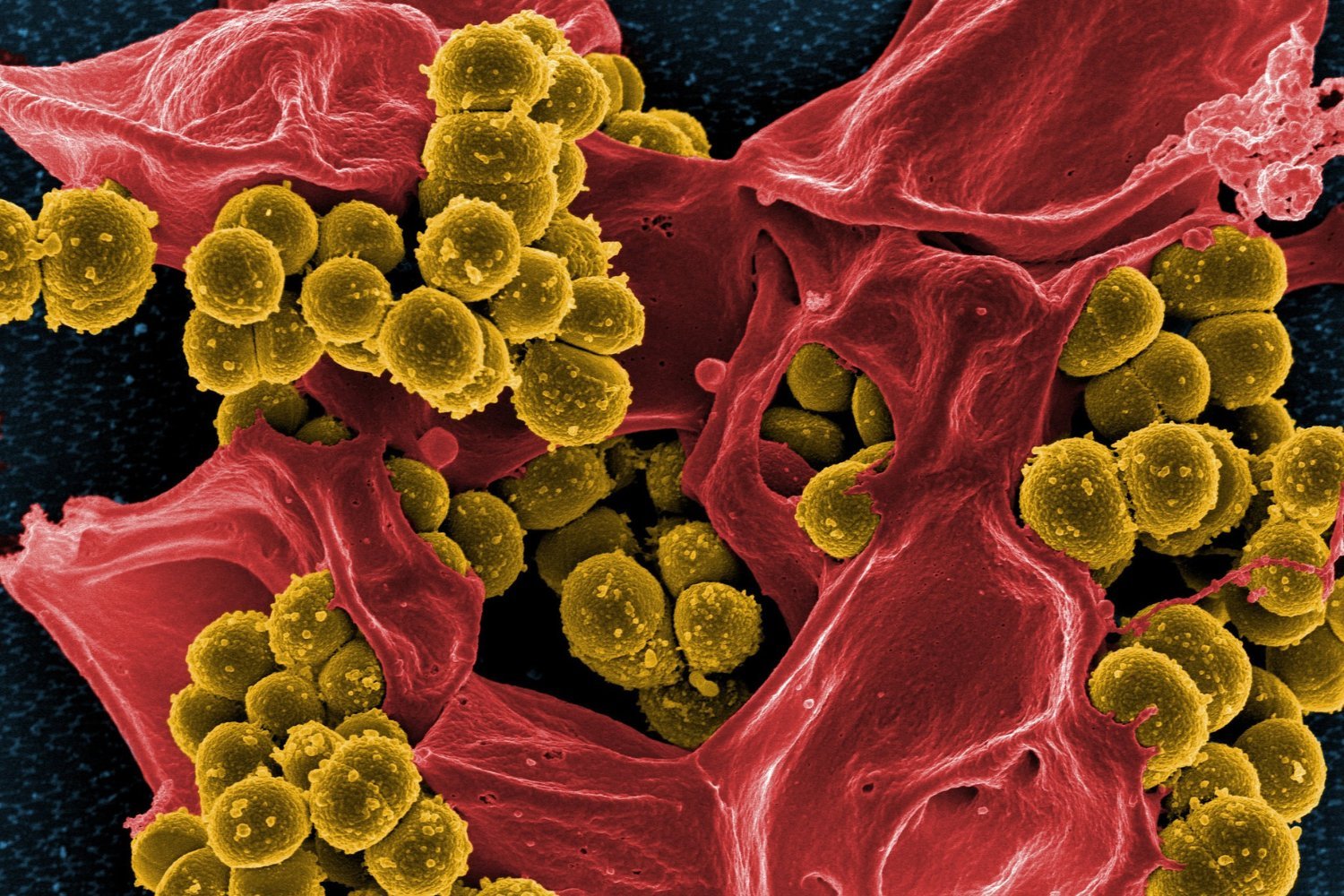
Hospital Sink Drains: A Breeding Ground for Antibiotic-Resistant Superbugs
Introduction
Hospital sink drains, often overlooked as a potential source of infection, have recently gained attention due to their role as reservoirs of antibiotic-resistant bacteria. A recent study published in Frontiers in Microbiology sheds light on the alarming diversity and resilience of these pathogens, even in hospitals with rigorous cleaning protocols.
Study Findings
Researchers from the University of the Balearic Islands in Spain conducted an extensive analysis of bacterial samples collected from six sink drains in various wards of a well-maintained hospital. Using genetic sequencing techniques, they identified 67 distinct bacterial species, many of which are associated with severe hospital-acquired infections.
Among the isolated bacteria were strains of Pseudomonas aeruginosa, Klebsiella pneumoniae, and Staphylococcus aureus, notorious for their resistance to multiple antibiotics. Furthermore, some samples contained a gene that confers resistance to carbapenems, a last-resort treatment option for infections that have resisted other drugs.
Challenges of Preventing Spread
Despite the hospital’s adherence to stringent cleaning practices, including regular disinfection with bleach, pressurized steam, chemicals, and chlorine treatment, the bacterial population in the sink drains remained largely unaffected. The study suggests that traditional cleaning methods may not be sufficient to combat the proliferation of superbugs in these environments.
"The bacteria we found may originate from various sources, including patients, medical personnel, and the environment surrounding the hospital," explains senior researcher Margarita Gomila. "Once established in sink drains, they can spread outwards, posing significant risks to immunocompromised patients above all."
Implications for Patient Safety
The presence of antibiotic-resistant bacteria in sink drains poses a major threat to patient safety. Patients with weakened immune systems, such as those in ICU units, are particularly vulnerable to infections caused by these superbugs. The study highlights the need for more comprehensive measures to prevent the transmission of these pathogens within hospitals.
Future Directions
The researchers emphasize the importance of further investigation into the origin and transmission routes of these bacteria. By identifying the source of the pathogens and understanding how they spread, more targeted interventions can be developed to reduce their prevalence and minimize the risk of infection.
"Cleaning protocols are crucial and should be frequently applied," advises lead researcher José Laço. "However, to truly address this problem, we need to delve deeper into the root causes and find ways to interrupt the transmission cycle."
Conclusion
Hospital sink drains serve as a breeding ground for antibiotic-resistant superbugs, even in hospitals with impeccable cleaning regimes. This study raises concerns about the limitations of current infection control practices and underscores the urgent need for innovative solutions to combat the growing threat of antimicrobial resistance in healthcare settings.
